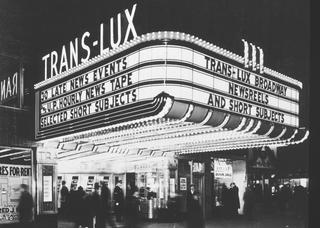Hollywood's Aquarian Age
The Aquarian Age of Hollywood began after World War I with the rise of powerful stars such as Charlie Chaplin, Douglas Fairbanks, Mary Pickford, and Rudolph Valentino. The Victorianism of Edison and Griffith was replaced by the aquarian values of passion, beauty, health, sports, action, romance, fun, and "the good life" of refined consumerism. Cecil B. deMille made films of "modern stuff' showing temptation and desire but reaffirming traditional values of the middle class. Will Hays created the Motion Picture Producers and Distributors Association (MPPDA) to shift motion pictures from individual to corporate enterprise, governed by the rules of the Studio Basic Agreement, using self-censorship to avoid state regulation and private scandals. The independent producers led by Carl Lemmle began to create studios and produce films according to the rules of the Classic Narrative Style. These studios also produced newsreels after 1911 and adopted the technology of the sound revolution after 1927. Exhibitors expanded from the storefront nickelodeons to begin building the great movie palaces. as the movie industry faced competition from the new medium of radio. Psychologists such as Hugo Munsterberg published in 1916 the first of the studies of influence seeking to measure the impact of motion pictures. At the close of the decade of the 1920s, Hollywood had entered its Golden Age.
 Translux in New York
Translux in New York
|
revised 10/10/01 by Schoenherr | Filmnotes | Birth of the Movies
